Home>Furniture & Design>Interior Design Trends>Why Is My Beardie Glass Surfing
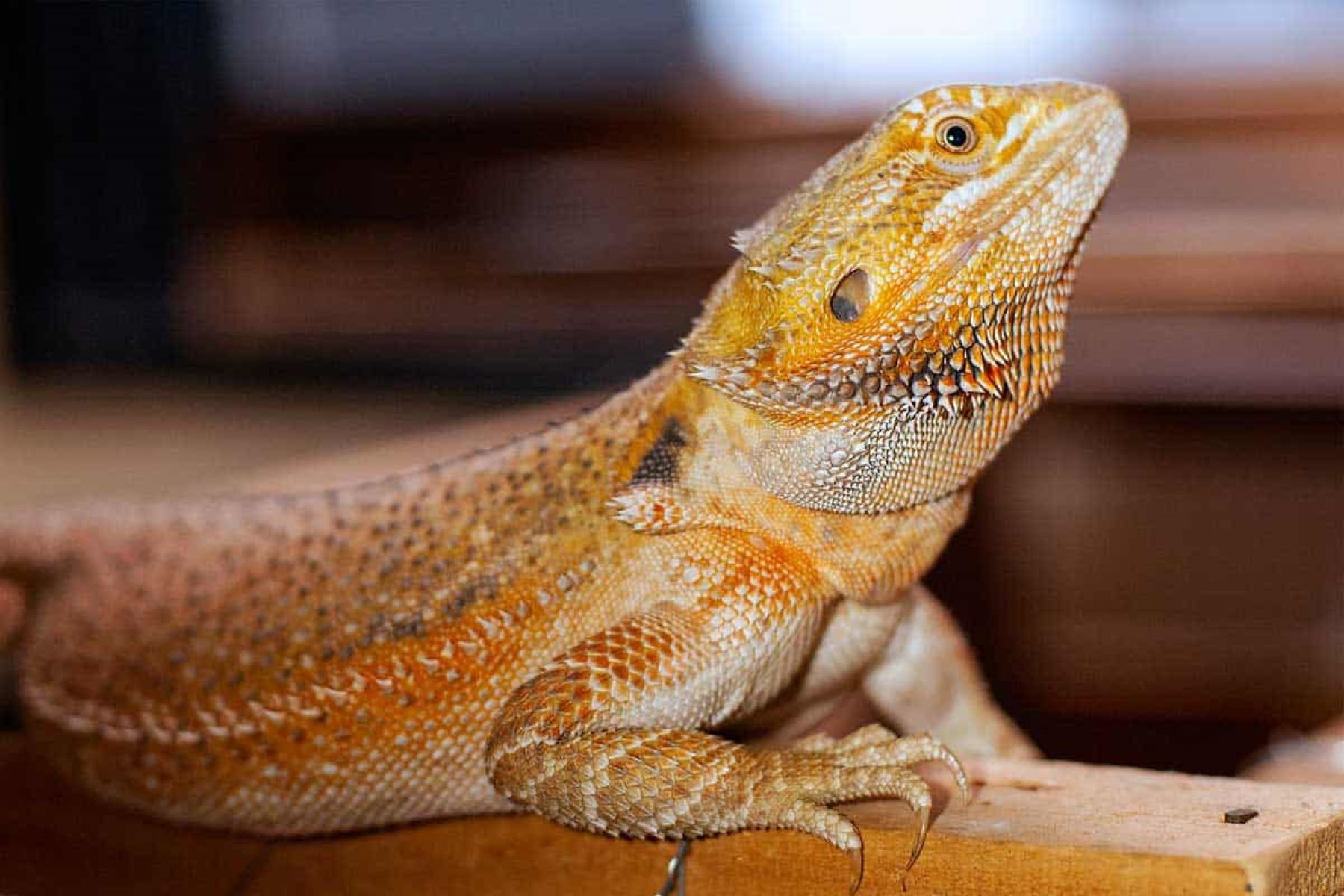

Interior Design Trends
Why Is My Beardie Glass Surfing
Published: February 5, 2024
Discover the latest interior design trends and tips to enhance your living space. Stay updated with the top trends in interior design for a stylish and modern home.
(Many of the links in this article redirect to a specific reviewed product. Your purchase of these products through affiliate links helps to generate commission for Storables.com, at no extra cost. Learn more)
Introduction
Glass surfing is a behavior commonly exhibited by bearded dragons, often leaving pet owners puzzled and concerned. This peculiar action involves the reptile repeatedly and frantically moving along the glass walls of its enclosure. While it may initially seem like harmless exploration, glass surfing can indicate underlying issues that need attention.
Understanding the reasons behind glass surfing is crucial for providing the best care for your bearded dragon. By delving into the potential causes and solutions, you can ensure the well-being and contentment of your scaly companion. Let's explore the intricacies of glass surfing and unravel the mystery behind this behavior.
Key Takeaways:
- Bearded dragons glass surf due to stress, territorial behavior, and environmental discomfort. Addressing these factors through proper habitat setup and stress reduction can help minimize this behavior and promote their well-being.
- Understanding and addressing the reasons behind glass surfing, such as stress and territorial instincts, is crucial for creating a harmonious and enriched environment for bearded dragons. Tailored care and environmental adjustments can make a significant difference.
Read more: Why Do Bearded Dragons Glass Surf
What is Glass Surfing?
Glass surfing refers to the peculiar behavior exhibited by bearded dragons, where they repetitively and frantically move along the glass walls of their enclosure. This action often involves the dragon pressing its body against the glass, using its limbs to push off and navigate the vertical or horizontal surfaces. This behavior can be perplexing for pet owners, as it may appear as though the dragon is attempting to escape or is distressed.
Bearded dragons are known for their inquisitive nature, and glass surfing may initially seem like a form of exploration or an attempt to seek attention. However, this behavior is often indicative of an underlying issue that requires attention. It is essential for pet owners to recognize that glass surfing is not a normal or playful activity for bearded dragons, but rather a potential sign of stress, anxiety, or environmental discomfort.
Understanding the nuances of glass surfing is crucial for providing optimal care for these reptiles. By delving into the reasons behind this behavior, pet owners can gain valuable insights into the well-being of their bearded dragons and take proactive measures to address any underlying issues.
Reasons for Glass Surfing
Bearded dragons engage in glass surfing for various reasons, and understanding these underlying factors is essential for addressing this behavior effectively. The following are common reasons why bearded dragons exhibit glass surfing:
Environmental Factors
Environmental conditions within the enclosure can significantly impact a bearded dragon's behavior. Inadequate temperature gradients, improper lighting, or insufficient hiding spots can lead to discomfort and stress, prompting the reptile to engage in glass surfing. Bearded dragons require specific temperature ranges, UVB lighting, and a well-structured habitat to thrive. Inadequacies in these environmental elements can trigger glass surfing as the dragon seeks to communicate its discomfort or attempt to regulate its body temperature.
Stress and Anxiety
Stress and anxiety are prevalent triggers for glass surfing in bearded dragons. Changes in their environment, such as relocation to a new enclosure, introduction to unfamiliar tank mates, or exposure to loud noises, can induce stress and anxiety in these reptiles. Additionally, inadequate handling, excessive disturbances, or lack of a secure retreat within the enclosure can contribute to heightened stress levels, leading to glass surfing as a coping mechanism.
Read more: Why Is My Gecko Trying To Climb The Glass
Territorial Behavior
Bearded dragons are territorial creatures, and glass surfing can be a display of territorial behavior, especially in response to perceived threats or competition. When they perceive their reflection in the glass or detect the presence of another bearded dragon in a neighboring enclosure, they may engage in glass surfing as a territorial response. This behavior is driven by their instinct to establish and defend their territory, and it often manifests as aggressive movements along the enclosure walls.
Understanding these reasons for glass surfing is crucial for implementing targeted interventions to address the underlying causes. By identifying and addressing environmental stressors, minimizing sources of anxiety, and providing appropriate enrichment, pet owners can effectively mitigate glass surfing behavior in their bearded dragons, promoting their overall well-being and contentment.
Environmental Factors
Environmental factors play a pivotal role in influencing the behavior of bearded dragons, particularly when it comes to glass surfing. The habitat provided for these reptiles must closely mimic their natural environment to ensure their physical and psychological well-being. Inadequacies in the environmental setup can lead to discomfort and stress, prompting the bearded dragon to exhibit glass surfing behavior as a means of communication or self-regulation.
One of the critical environmental elements that significantly impacts a bearded dragon's behavior is the temperature gradient within the enclosure. Bearded dragons are ectothermic, relying on external sources of heat to regulate their body temperature. Inadequate temperature gradients, such as insufficient basking spots or inadequate heat gradients across the enclosure, can lead to thermal discomfort. As a response, the bearded dragon may engage in glass surfing in an attempt to find a suitable temperature or express its discomfort with the existing thermal conditions.
Proper lighting is another essential environmental factor that directly influences the behavior of bearded dragons. These reptiles require access to UVB lighting to support essential physiological processes, including calcium metabolism and overall well-being. Inadequate or improper lighting within the enclosure can lead to physiological imbalances and discomfort, prompting the bearded dragon to exhibit glass surfing as a response to the suboptimal lighting conditions.
Additionally, the availability of hiding spots and environmental enrichment is crucial for the mental stimulation and security of bearded dragons. Insufficient hiding spots or lack of environmental enrichment can lead to boredom and stress, prompting the reptile to seek alternative forms of stimulation, potentially leading to glass surfing behavior.
Addressing environmental factors that contribute to glass surfing involves meticulous attention to the habitat's temperature gradients, lighting provisions, and the availability of hiding spots and enrichment. By ensuring that the enclosure closely aligns with the natural habitat of bearded dragons, pet owners can create a conducive environment that minimizes stress and discomfort, ultimately reducing the likelihood of glass surfing behavior in their scaly companions.
Stress and Anxiety
Stress and anxiety are prevalent triggers for glass surfing in bearded dragons. These reptiles are highly sensitive to changes in their environment and can easily become stressed when exposed to unfamiliar or unsettling circumstances. Relocation to a new enclosure, introduction to new tank mates, or exposure to loud noises can all induce stress and anxiety in bearded dragons, leading to the manifestation of glass surfing behavior.
Inadequate handling and excessive disturbances can also contribute to heightened stress levels in bearded dragons. These reptiles thrive in environments where they feel secure and undisturbed, and any disruptions to their sense of safety can lead to increased anxiety. Additionally, the absence of a secure retreat within the enclosure can further exacerbate stress levels, as bearded dragons rely on having a designated hiding spot to alleviate feelings of vulnerability.
When experiencing stress and anxiety, bearded dragons may resort to glass surfing as a coping mechanism. This behavior serves as a way for them to express their discomfort and attempt to regain a sense of control in their environment. By engaging in repetitive movements along the enclosure walls, they may seek to alleviate their anxiety or establish a temporary distraction from the stressors they are experiencing.
As responsible pet owners, it is crucial to minimize sources of stress and anxiety for bearded dragons to prevent the onset of glass surfing behavior. This can be achieved by creating a calm and predictable environment within the enclosure, minimizing sudden changes, and providing ample opportunities for the reptile to retreat and feel secure. Additionally, gentle and respectful handling, coupled with a consistent daily routine, can help alleviate stress and promote a sense of security for the bearded dragon.
By addressing the underlying sources of stress and anxiety, pet owners can effectively reduce the likelihood of glass surfing behavior in their bearded dragons, fostering a harmonious and stress-free environment for these captivating reptiles.
Territorial Behavior
Territorial behavior is a fundamental aspect of the natural instincts exhibited by bearded dragons. These reptiles are known for their territorial nature, often displaying assertive behaviors when they perceive threats or competition within their environment. Glass surfing can be a manifestation of territorial behavior, particularly when the bearded dragon detects its reflection in the glass or senses the presence of another dragon in a neighboring enclosure.
When a bearded dragon perceives its reflection in the glass walls of its enclosure, it may interpret it as a potential intruder encroaching upon its territory. In response to this perceived threat, the dragon may engage in glass surfing as a display of territorial dominance, attempting to assert its presence and defend its perceived territory. This behavior is driven by the reptile's instinctual need to establish and protect its domain, reflecting the inherent territorial tendencies ingrained in their behavioral repertoire.
Furthermore, the presence of another bearded dragon in a neighboring enclosure can trigger territorial responses, leading to glass surfing behavior. Bearded dragons are highly attuned to the presence of conspecifics and may perceive neighboring dragons as potential rivals encroaching upon their territory. In such instances, the reptile may engage in glass surfing as a proactive measure to assert its dominance and defend its perceived territory, effectively communicating its territorial boundaries through assertive movements along the enclosure walls.
Understanding the underlying motivations behind territorial behavior and its manifestation as glass surfing is crucial for pet owners. It provides valuable insights into the innate instincts and social dynamics of bearded dragons, allowing for the implementation of targeted strategies to mitigate territorial stress and promote harmonious cohabitation within multi-dragon environments.
To address territorial behavior and minimize glass surfing stemming from territorial instincts, pet owners can consider providing visual barriers within the enclosure to reduce the likelihood of the bearded dragon perceiving its reflection as a threat. Additionally, ensuring adequate space and resources for each dragon, along with careful introduction protocols for cohabitating dragons, can help alleviate territorial tensions and reduce the incidence of glass surfing behavior driven by territorial instincts.
By acknowledging and addressing the territorial nature of bearded dragons, pet owners can create enriched and harmonious environments that cater to the innate behavioral needs of these captivating reptiles, fostering a sense of security and well-being within their enclosures.
Read more: Why Did My Glass Candle Explode
How to Stop Glass Surfing
Addressing and mitigating glass surfing behavior in bearded dragons requires a multifaceted approach that encompasses environmental adjustments, stress reduction, and behavioral enrichment. By implementing targeted strategies, pet owners can effectively minimize glass surfing and promote the well-being of their scaly companions.
Environmental Optimization
Ensuring that the bearded dragon's enclosure provides optimal environmental conditions is paramount in addressing glass surfing behavior. This includes maintaining appropriate temperature gradients, offering adequate UVB lighting, and providing ample hiding spots and environmental enrichment. By creating a habitat that closely mirrors the reptile's natural environment, pet owners can alleviate potential sources of stress and discomfort, reducing the likelihood of glass surfing.
Stress Reduction
Minimizing stressors within the bearded dragon's environment is crucial for preventing and mitigating glass surfing behavior. This involves establishing a predictable daily routine, minimizing sudden changes, and providing a secure retreat within the enclosure. Additionally, gentle handling and minimizing disturbances can help alleviate stress and promote a sense of security for the reptile, reducing the propensity for engaging in glass surfing as a coping mechanism.
Behavioral Enrichment
Introducing enriching activities and stimuli within the enclosure can divert the bearded dragon's attention and provide mental stimulation, reducing the likelihood of glass surfing. This can include the addition of climbing structures, interactive toys, and varied textures within the habitat. Furthermore, providing opportunities for natural behaviors, such as foraging and exploration, can help fulfill the reptile's behavioral needs, minimizing the urge to engage in glass surfing as a means of seeking stimulation.
Veterinary Consultation
In cases where glass surfing persists despite environmental and behavioral interventions, seeking guidance from a reptile veterinarian is advisable. A thorough veterinary assessment can help identify any underlying health issues or physiological imbalances that may be contributing to the glass surfing behavior. By addressing potential medical concerns, pet owners can ensure comprehensive care for their bearded dragon and work towards resolving the underlying triggers of glass surfing.
By integrating these strategies and tailoring them to the specific needs of the individual bearded dragon, pet owners can effectively address and minimize glass surfing behavior, fostering a harmonious and enriched environment for their scaly companions.
Conclusion
In conclusion, understanding the intricacies of glass surfing in bearded dragons is essential for providing optimal care and promoting their well-being. This behavior, often perplexing to pet owners, serves as a crucial indicator of underlying environmental, psychological, and instinctual factors that require attention and intervention.
By delving into the reasons behind glass surfing, including environmental stressors, anxiety triggers, and territorial instincts, pet owners can gain valuable insights into the needs and behaviors of their bearded dragons. Addressing these underlying factors through environmental optimization, stress reduction, and behavioral enrichment is paramount in mitigating glass surfing behavior and fostering a harmonious and enriched environment for these captivating reptiles.
Furthermore, recognizing the innate territorial nature of bearded dragons and implementing strategies to alleviate territorial stress can contribute to a more balanced and secure living environment for these reptiles, reducing the likelihood of glass surfing stemming from territorial instincts.
It is important to emphasize that each bearded dragon is unique, and a tailored approach to addressing glass surfing is essential. By observing and understanding the individual needs and behaviors of the reptile, pet owners can implement targeted interventions to minimize stress, promote mental stimulation, and create a habitat that closely aligns with the natural environment of bearded dragons.
In cases where glass surfing persists despite environmental and behavioral interventions, seeking guidance from a reptile veterinarian is advisable. A comprehensive veterinary assessment can help identify any underlying health issues or physiological imbalances that may be contributing to the behavior, ensuring holistic care for the bearded dragon.
Ultimately, by integrating these insights and strategies, pet owners can create an environment that supports the physical, psychological, and behavioral well-being of their bearded dragons, fostering a harmonious and enriched living space for these remarkable reptiles. Through attentive care and a deep understanding of their needs, pet owners can cultivate a fulfilling and contented life for their scaly companions, strengthening the bond between humans and these fascinating creatures.
Frequently Asked Questions about Why Is My Beardie Glass Surfing
Was this page helpful?
At Storables.com, we guarantee accurate and reliable information. Our content, validated by Expert Board Contributors, is crafted following stringent Editorial Policies. We're committed to providing you with well-researched, expert-backed insights for all your informational needs.

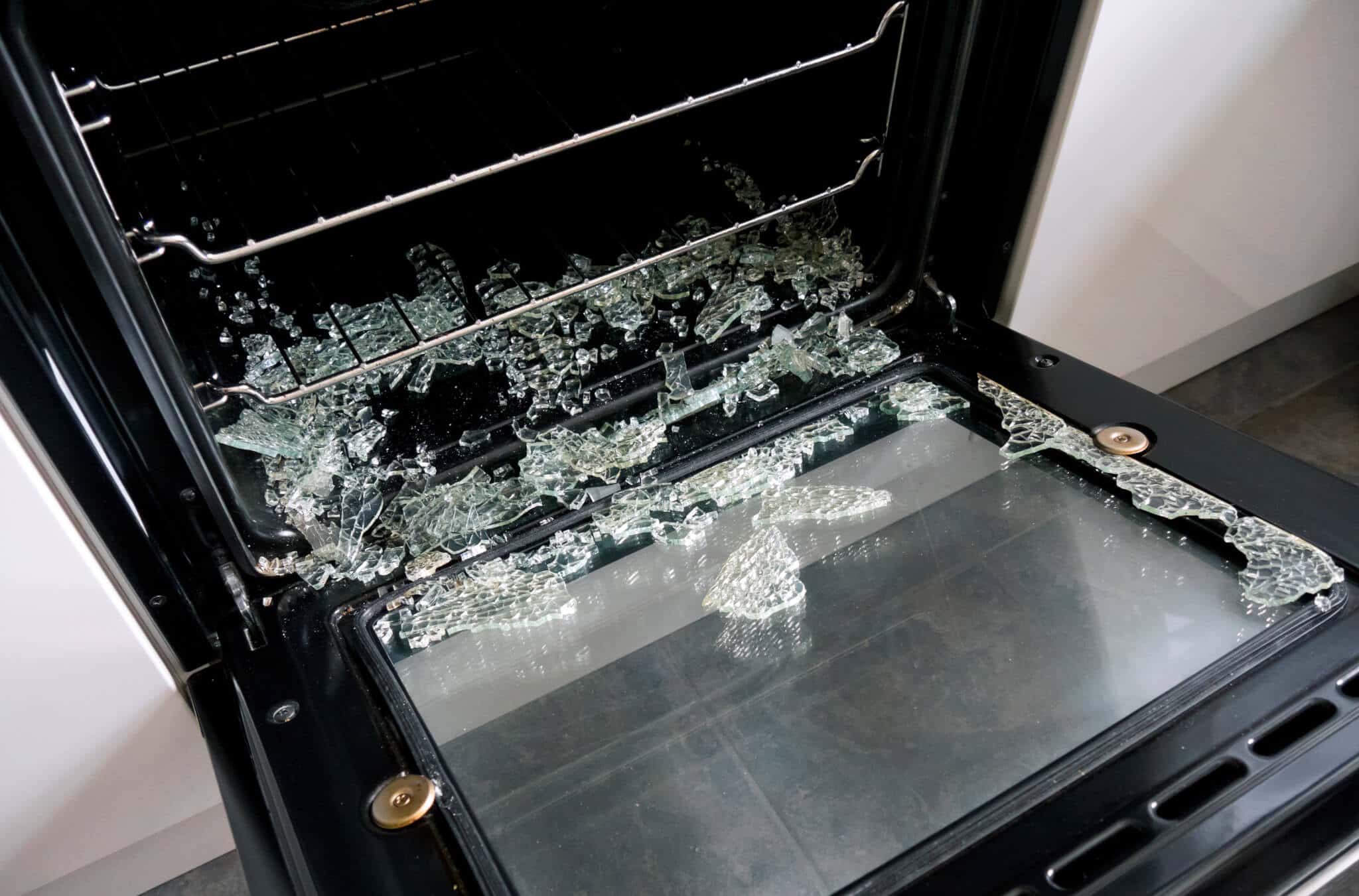
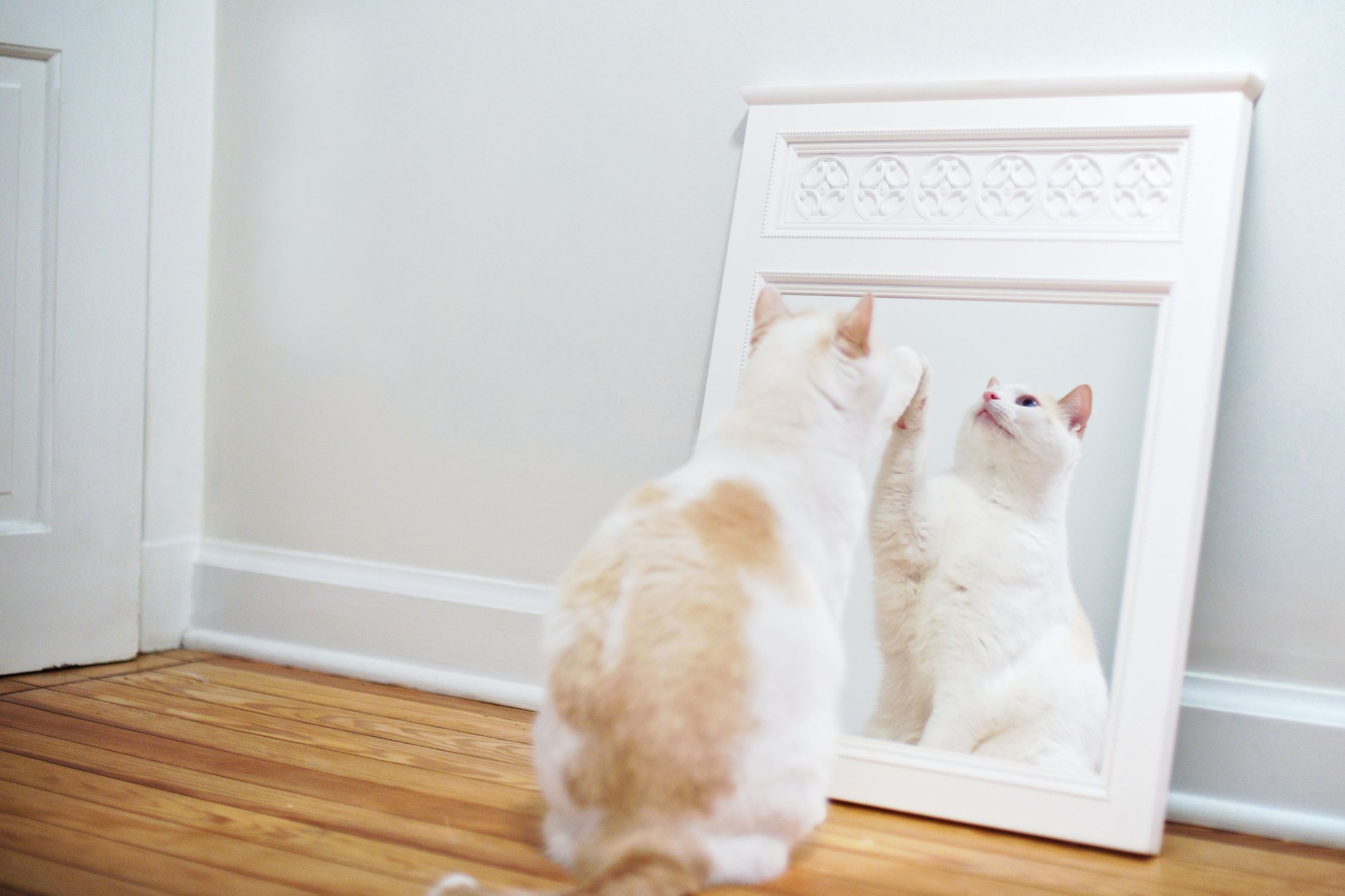
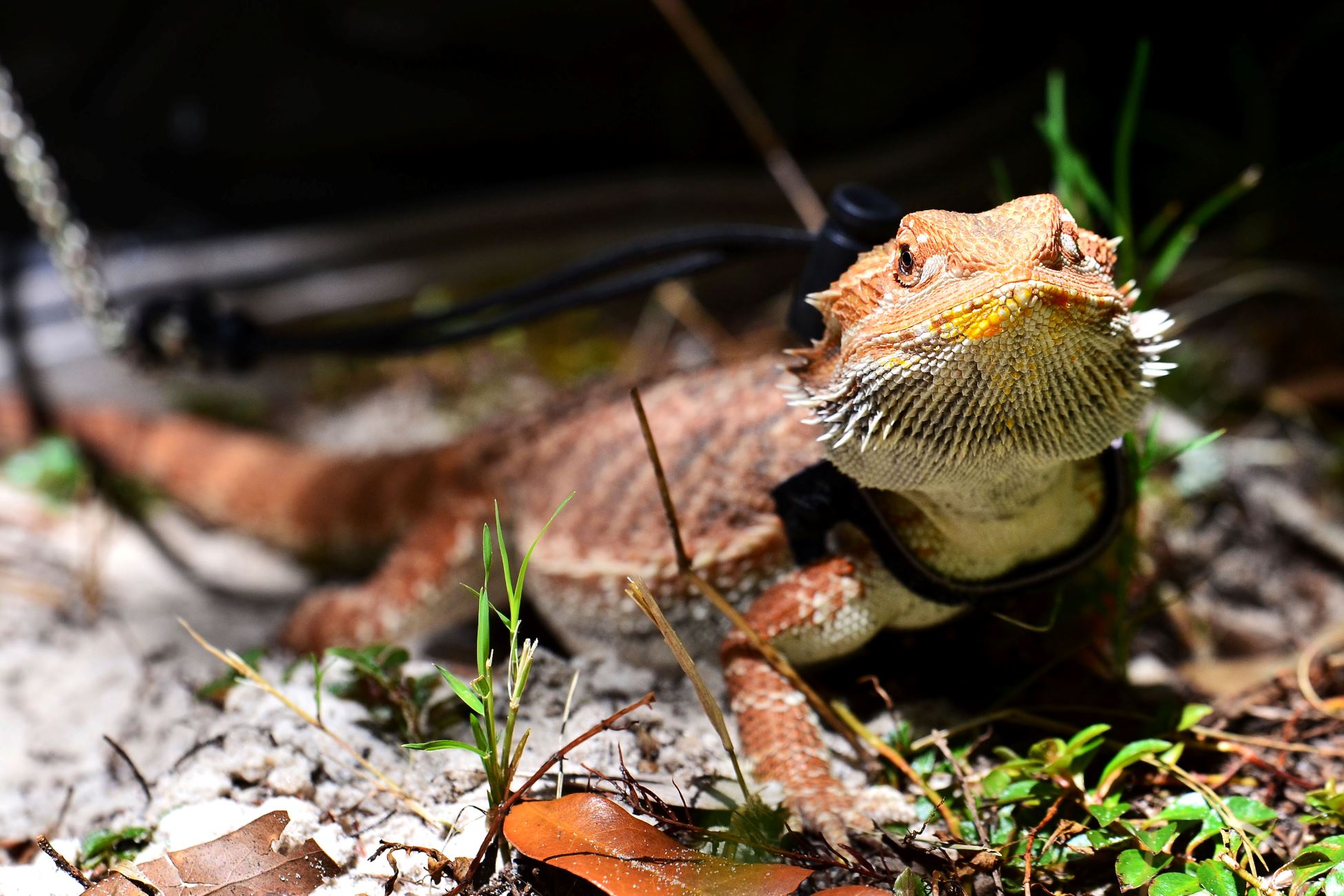
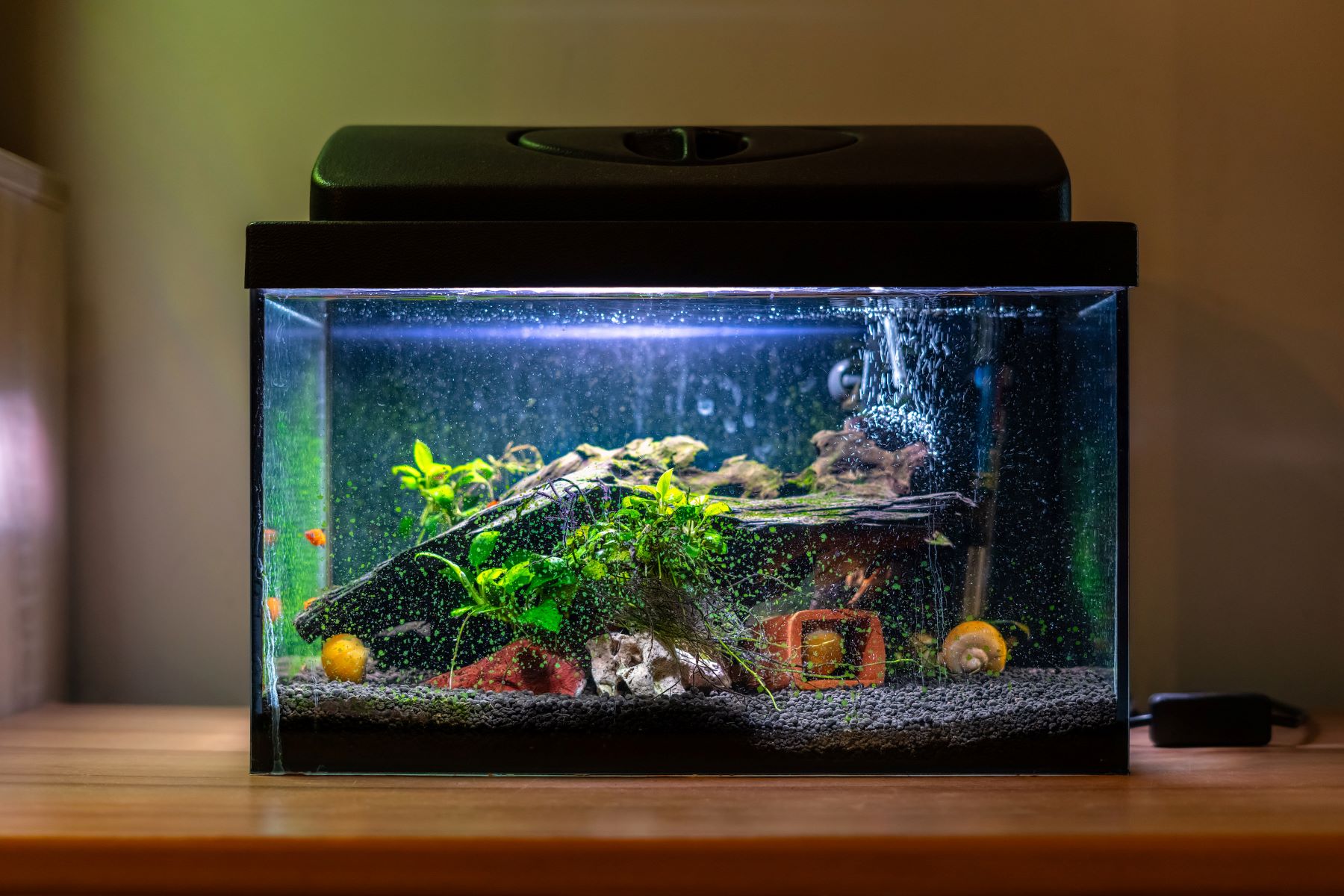
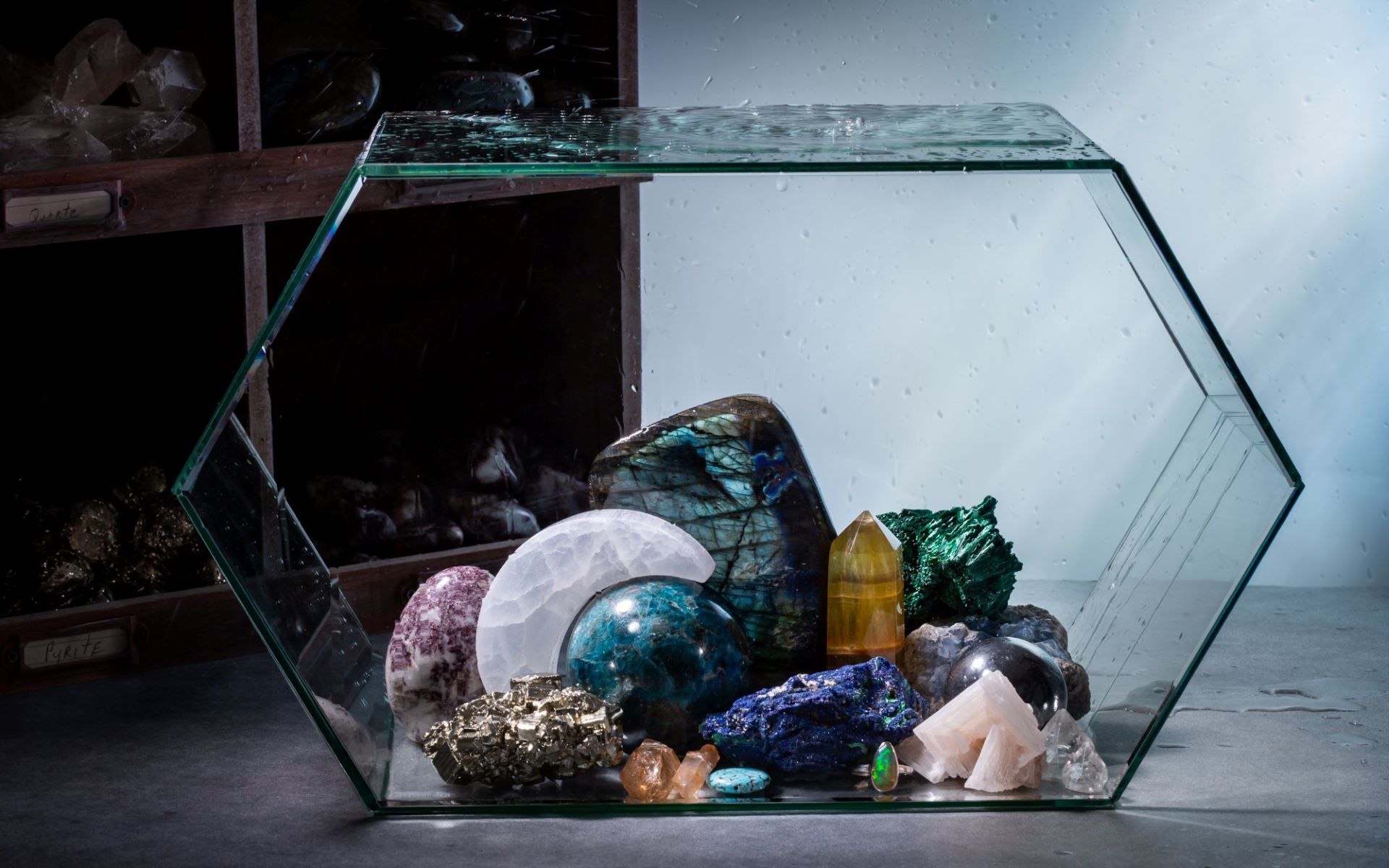
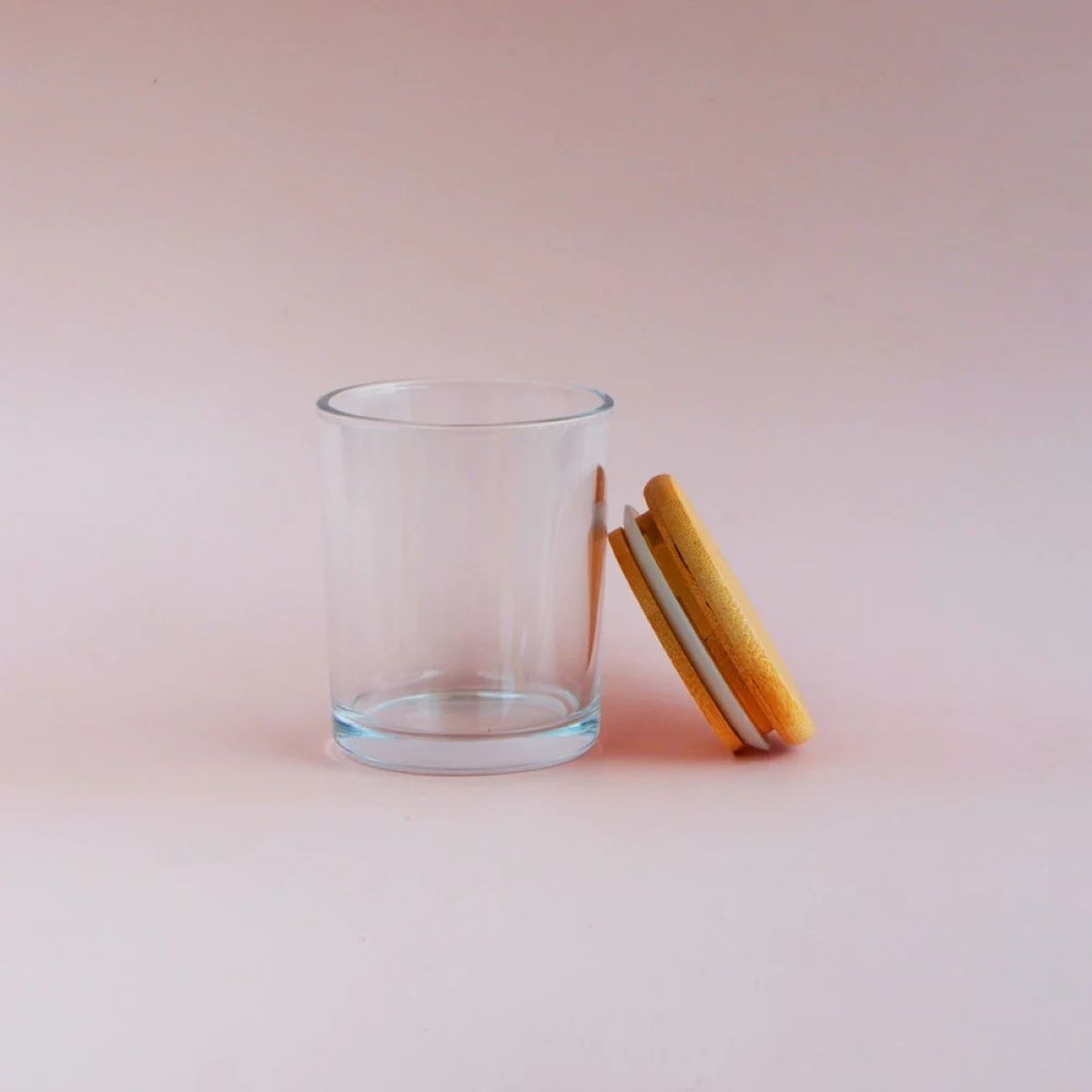

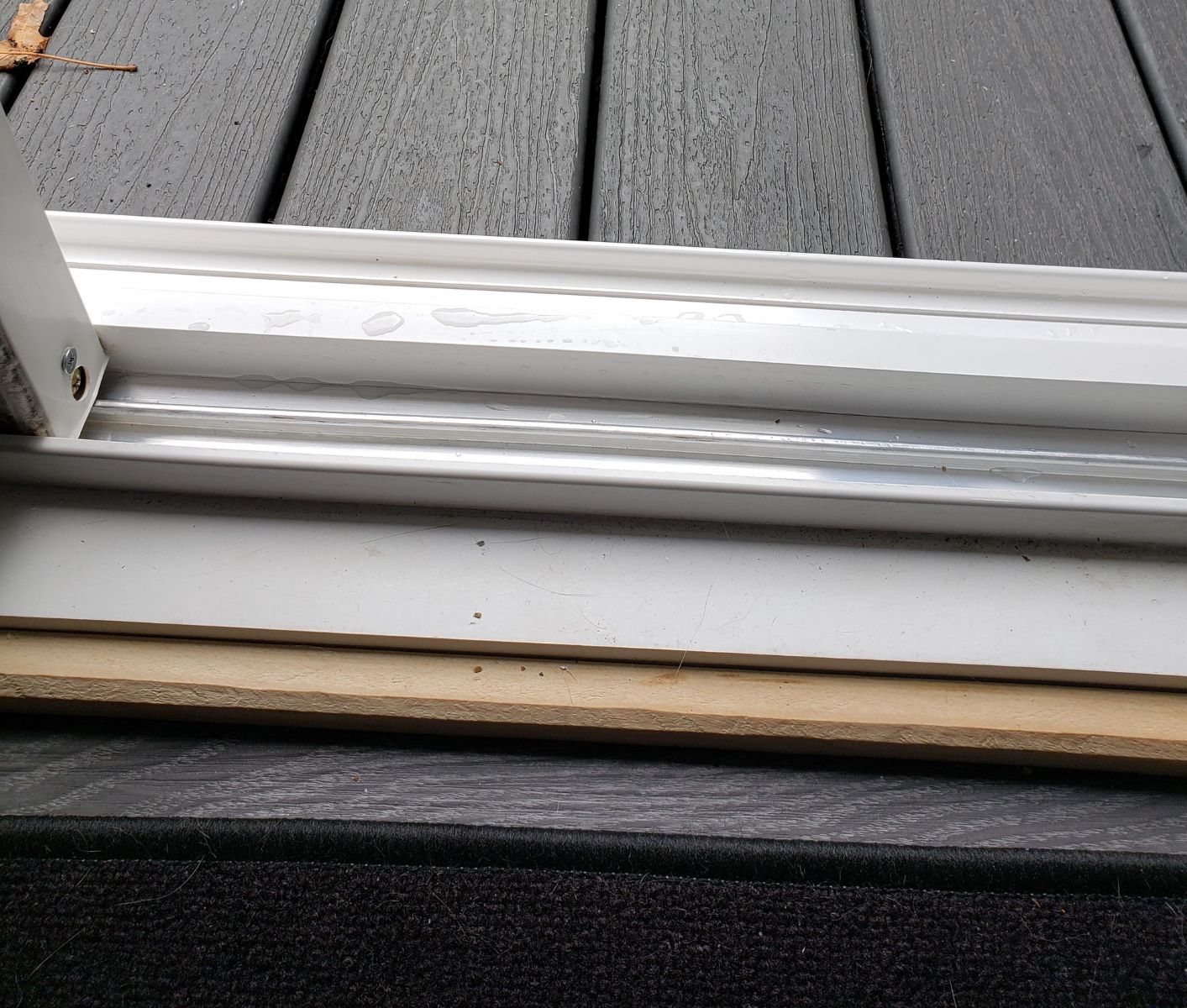

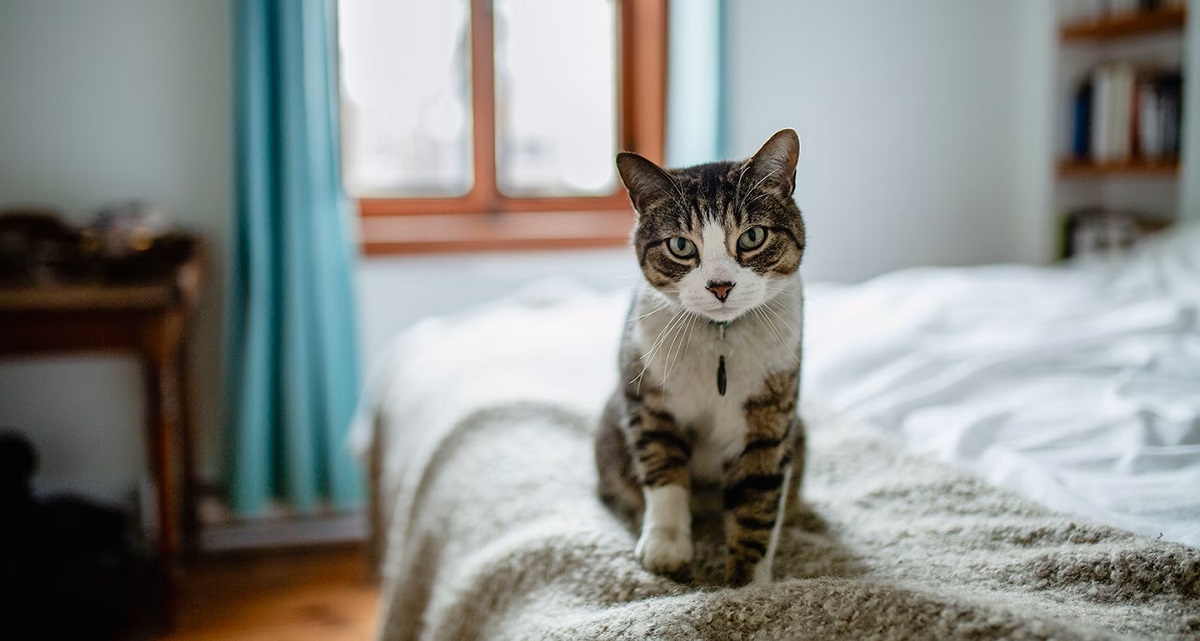
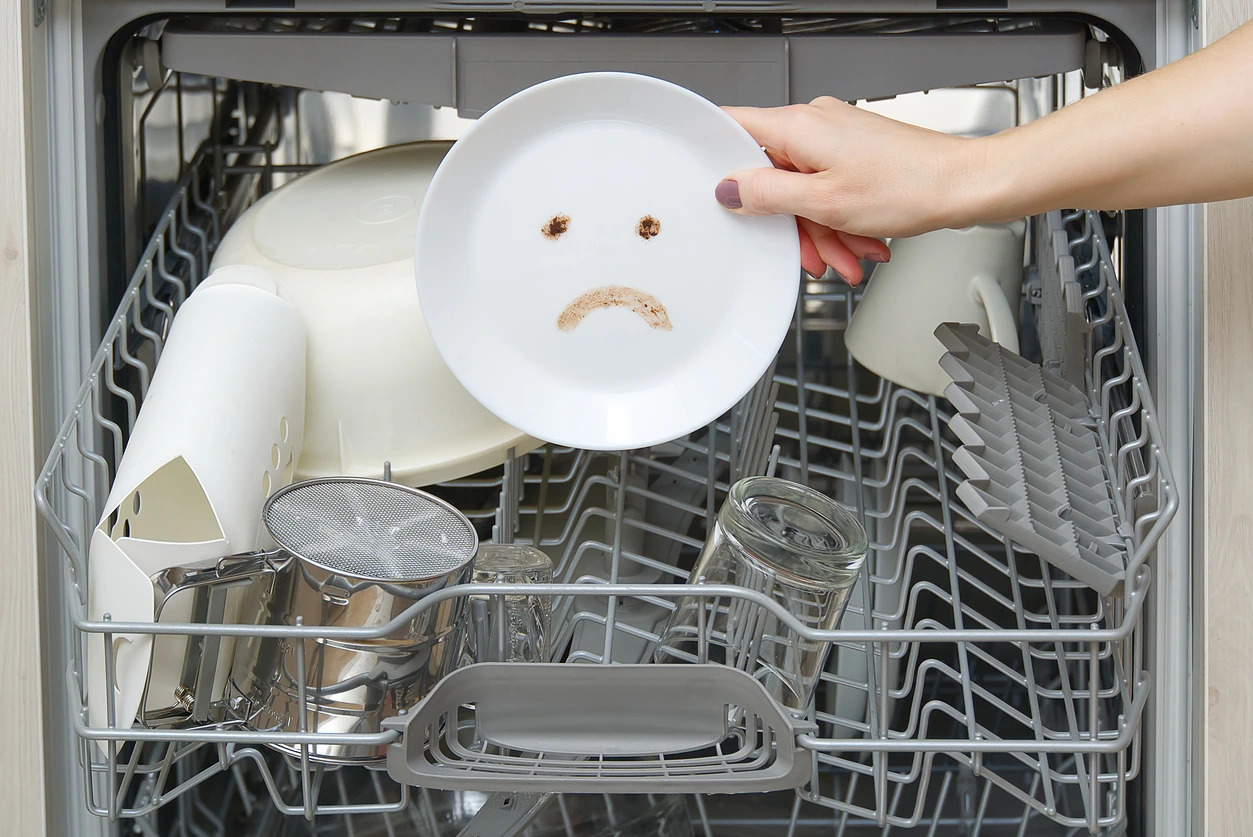

0 thoughts on “Why Is My Beardie Glass Surfing”